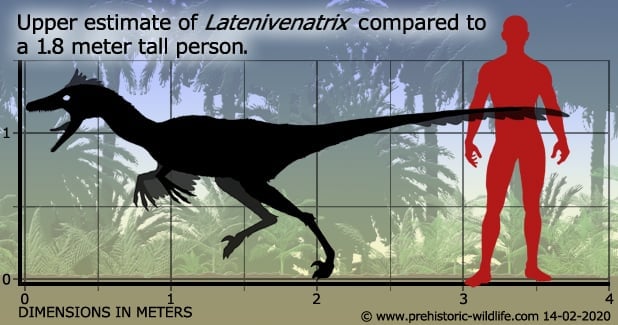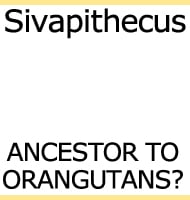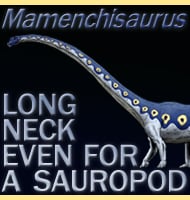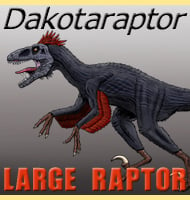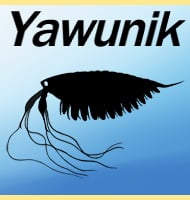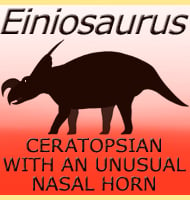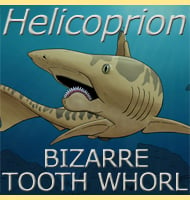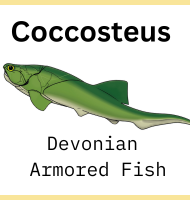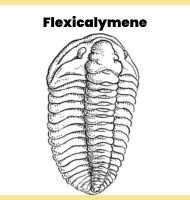In Depth
Latenivenatrix has a somewhat convoluted history of discovery. The holotype specimen of the genus (CMN 12340) was originally designated as being a Stenonychosaurus by Dale A. Russel in 1969. Then in 1987 it was moved into the Troodon genus, the type genus of the troodontid dinosaurs. It was not until much later in 2017 that the specimen was used to establish a distinct new genus.
Latenivenatrix was big for a troodontid dinosaur, and with an estimated size ranging between three and three and a half meters, Latenivenatrix is one of if not the largest troodontid dinosaurs known. Although not the biggest predator in the habitat, Latenivenatrix would have been a serious threat most similarly sized dinosaurs, including juveniles of larger species.
Latenivenatrix lived in a very diverse ecosystems, and lived amongst many other dinosaur types including ankylocsaurs, ceratopsians, hadrosaurs, pachycephalosaurs, ornithomomids, oviraptorosaurs, dromaeosaurs and tyrannosaurs.
Further Reading
- Troodontids (Theropoda) from the Dinosaur Park Formation, Alberta, with a description of a unique new taxon: implications for deinonychosaur diversity in North America . Canadian Journal of Earth Sciences 54:919-935. - A. J. van der Reest & P. J. Currie - 2017.
